| Identify My Feather | Browse Scans | Search Scans | Glossary |


FREQUENTLY ASKED QUESTIONS
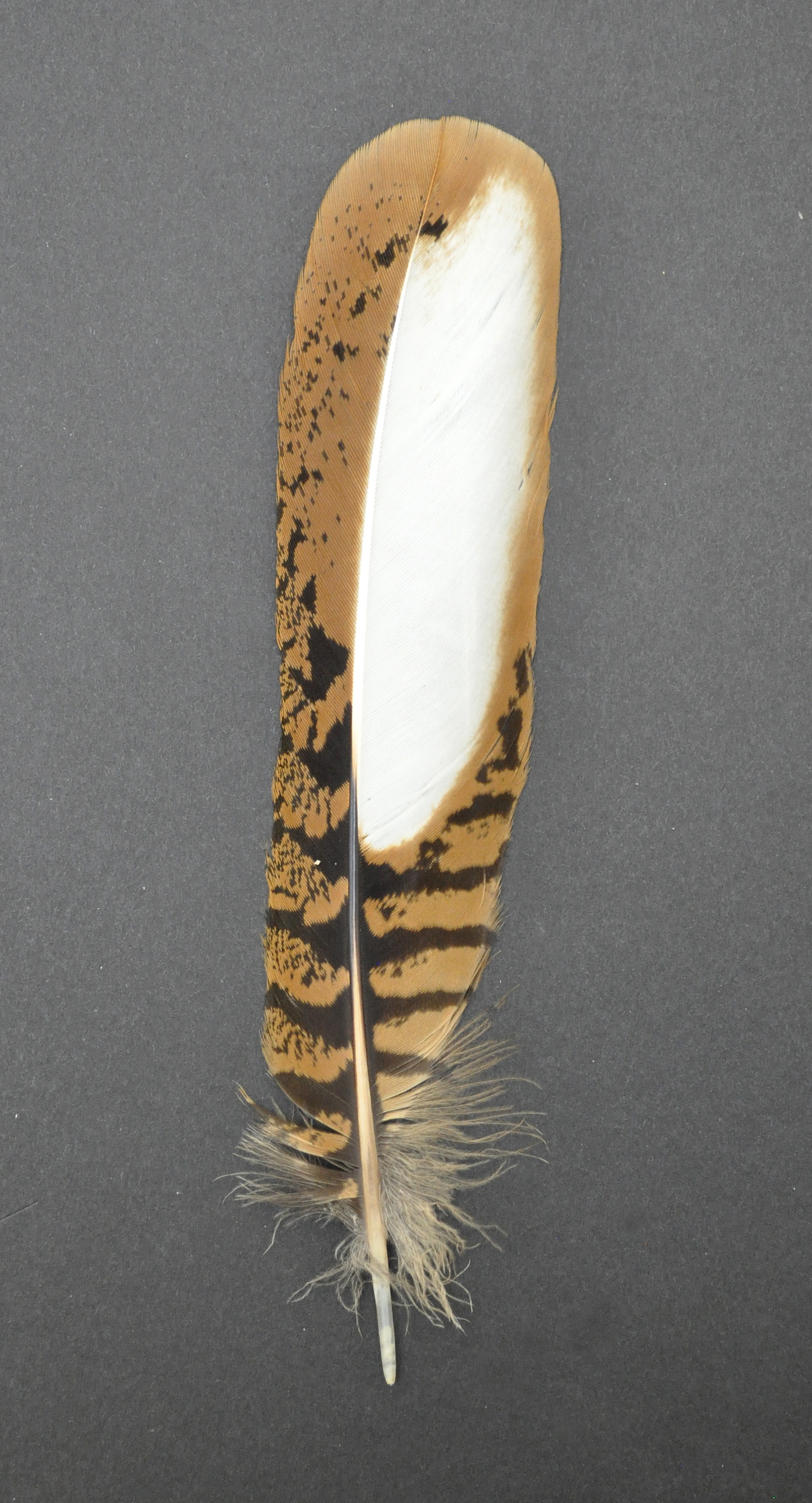
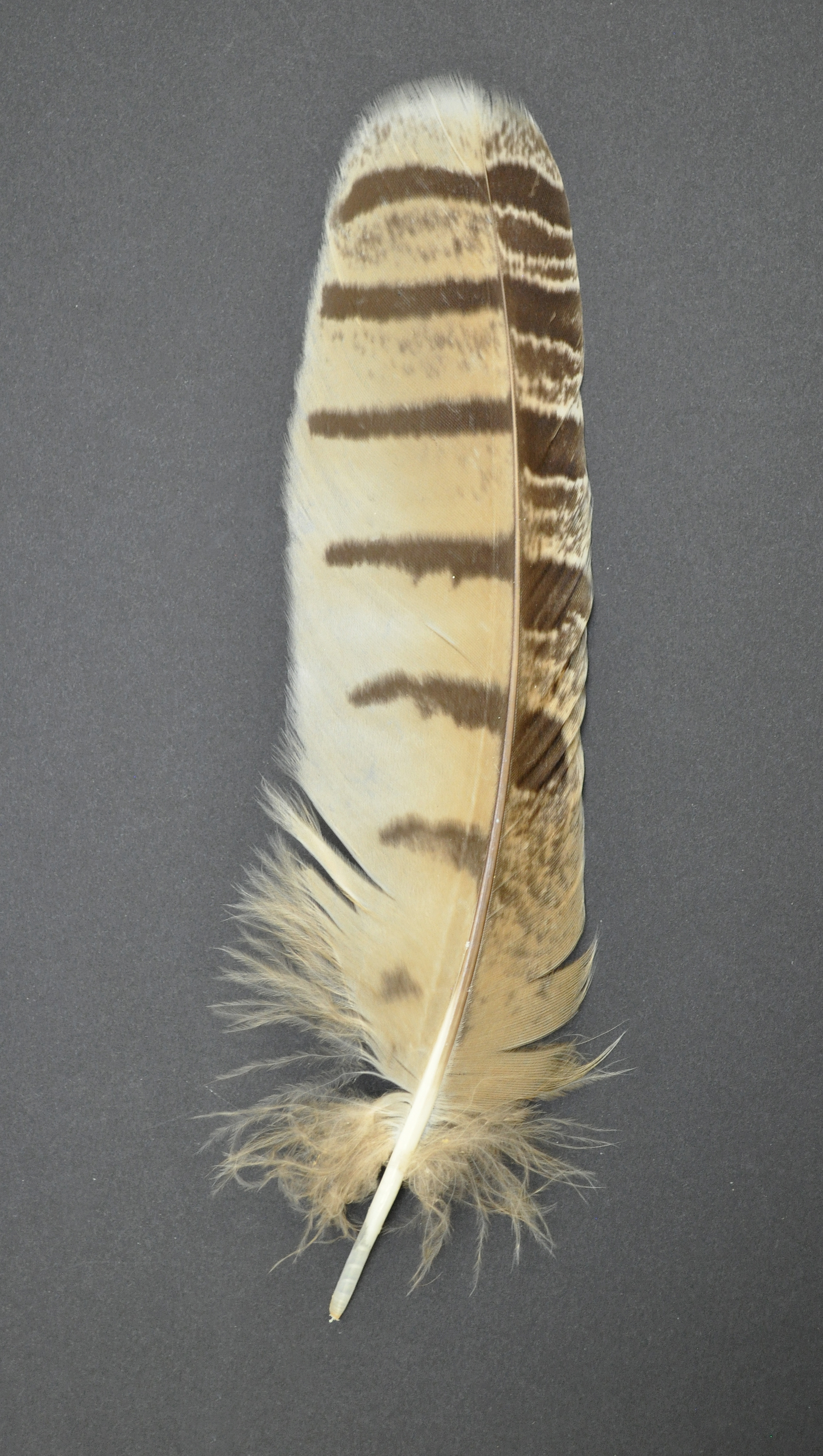
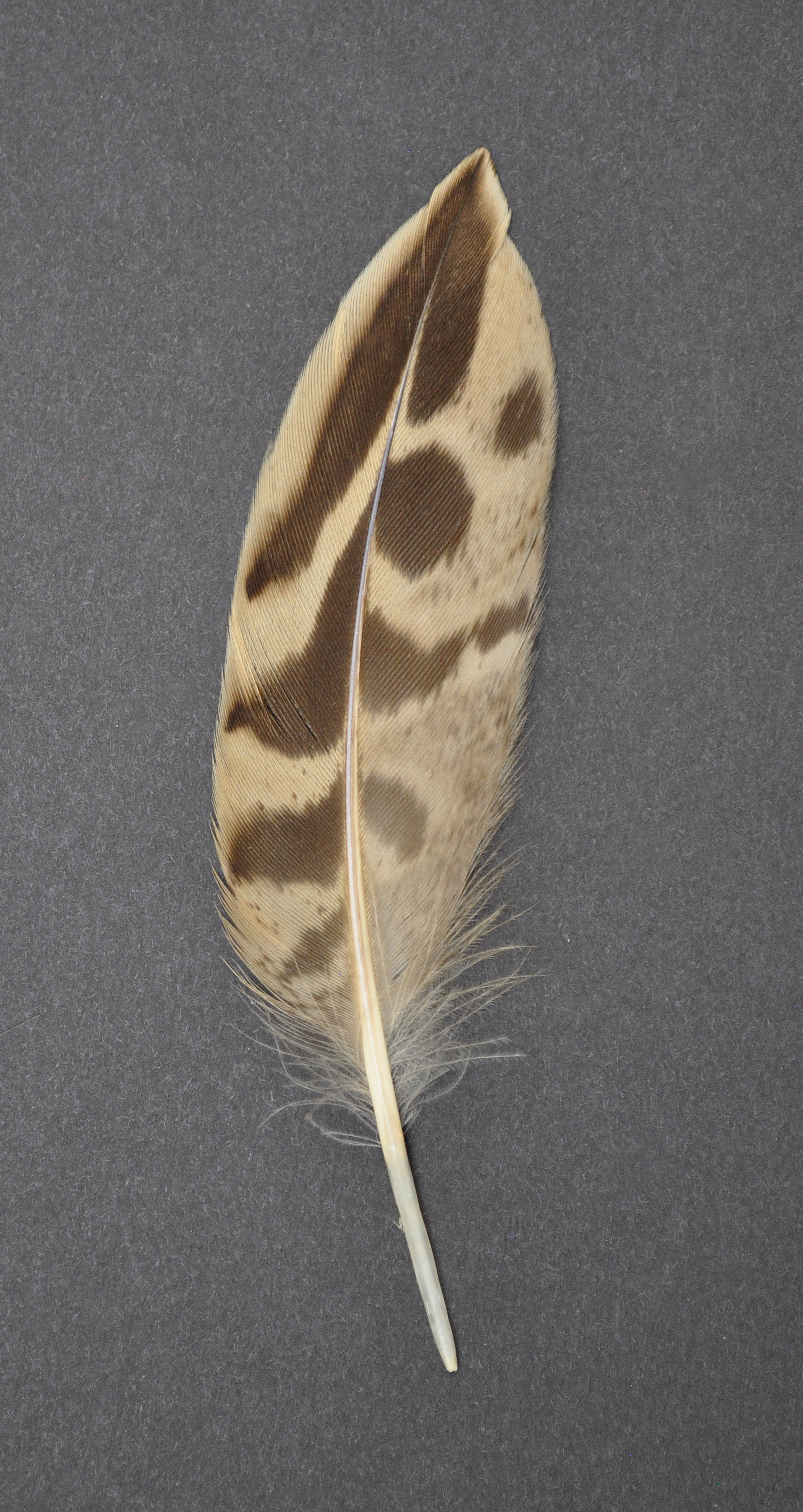
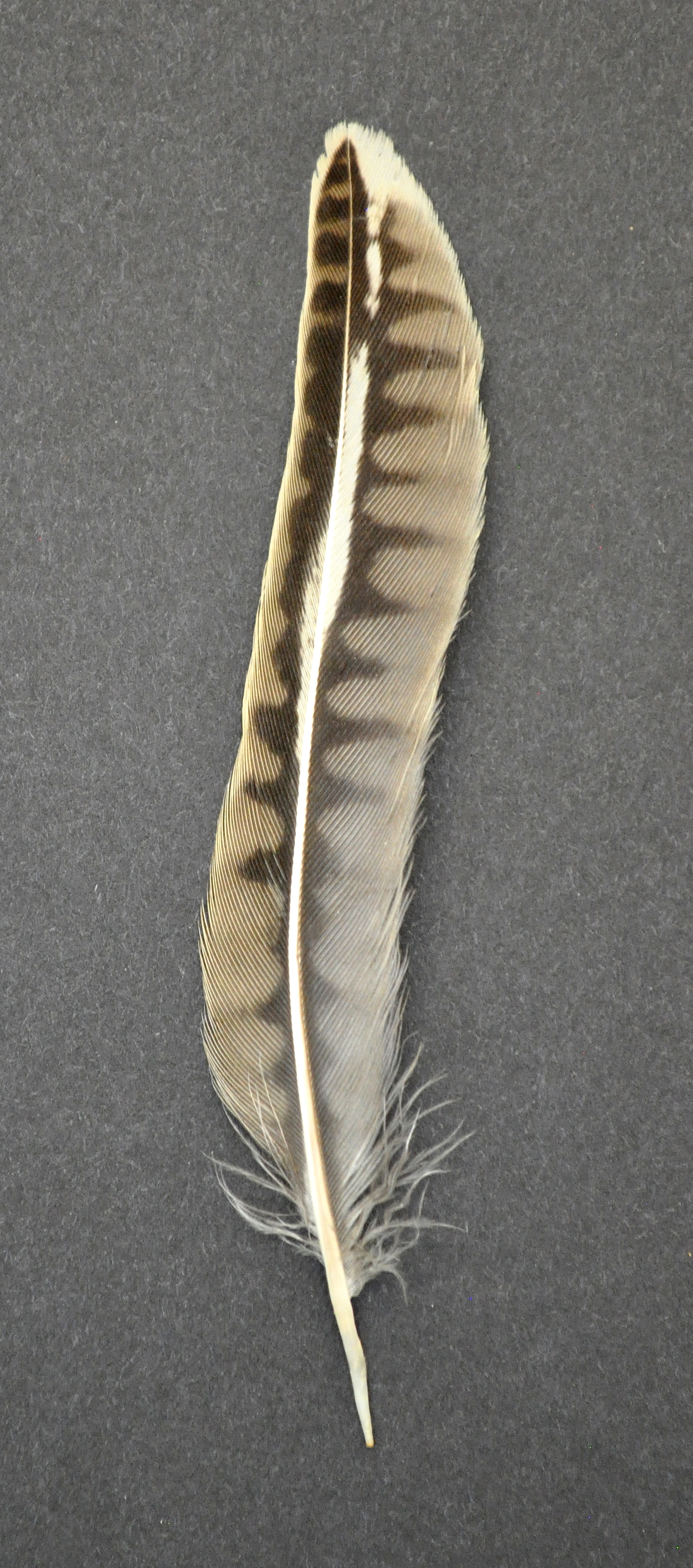
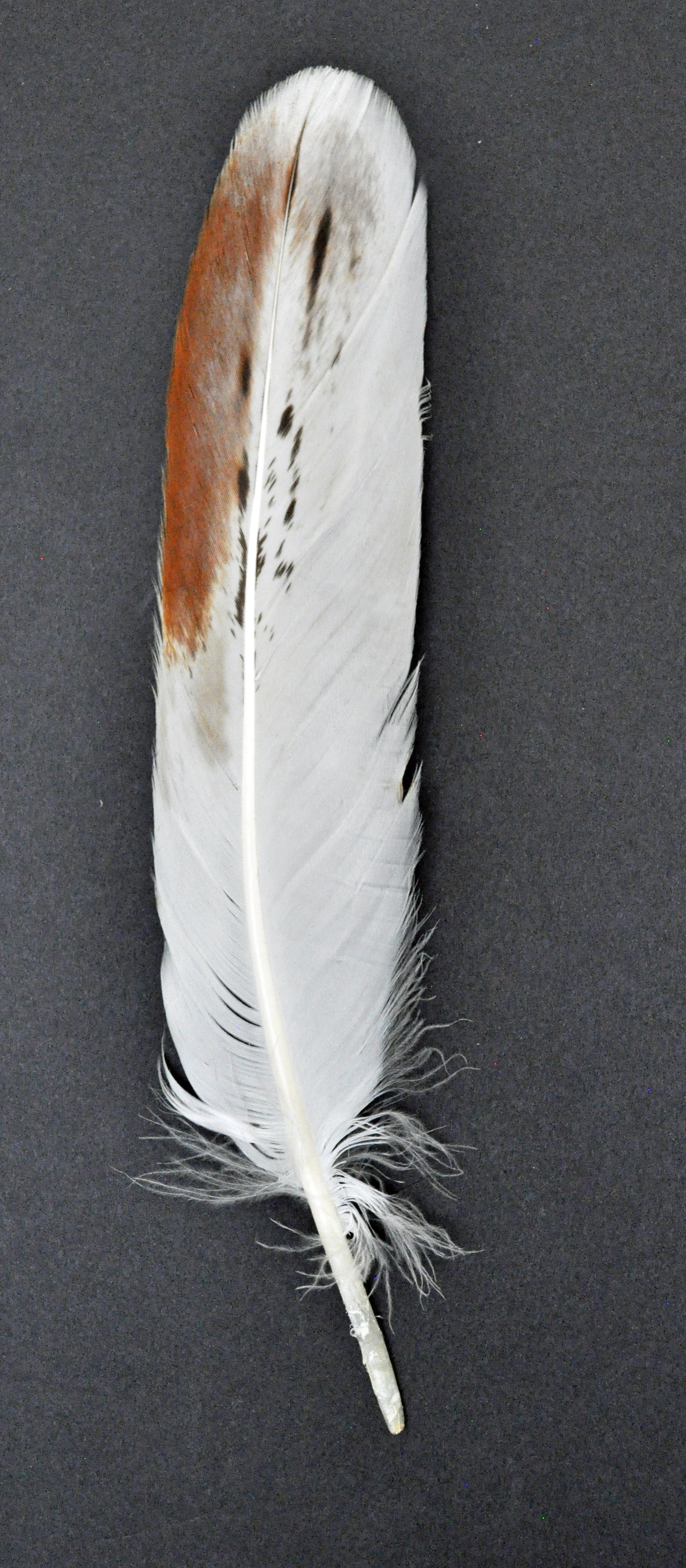
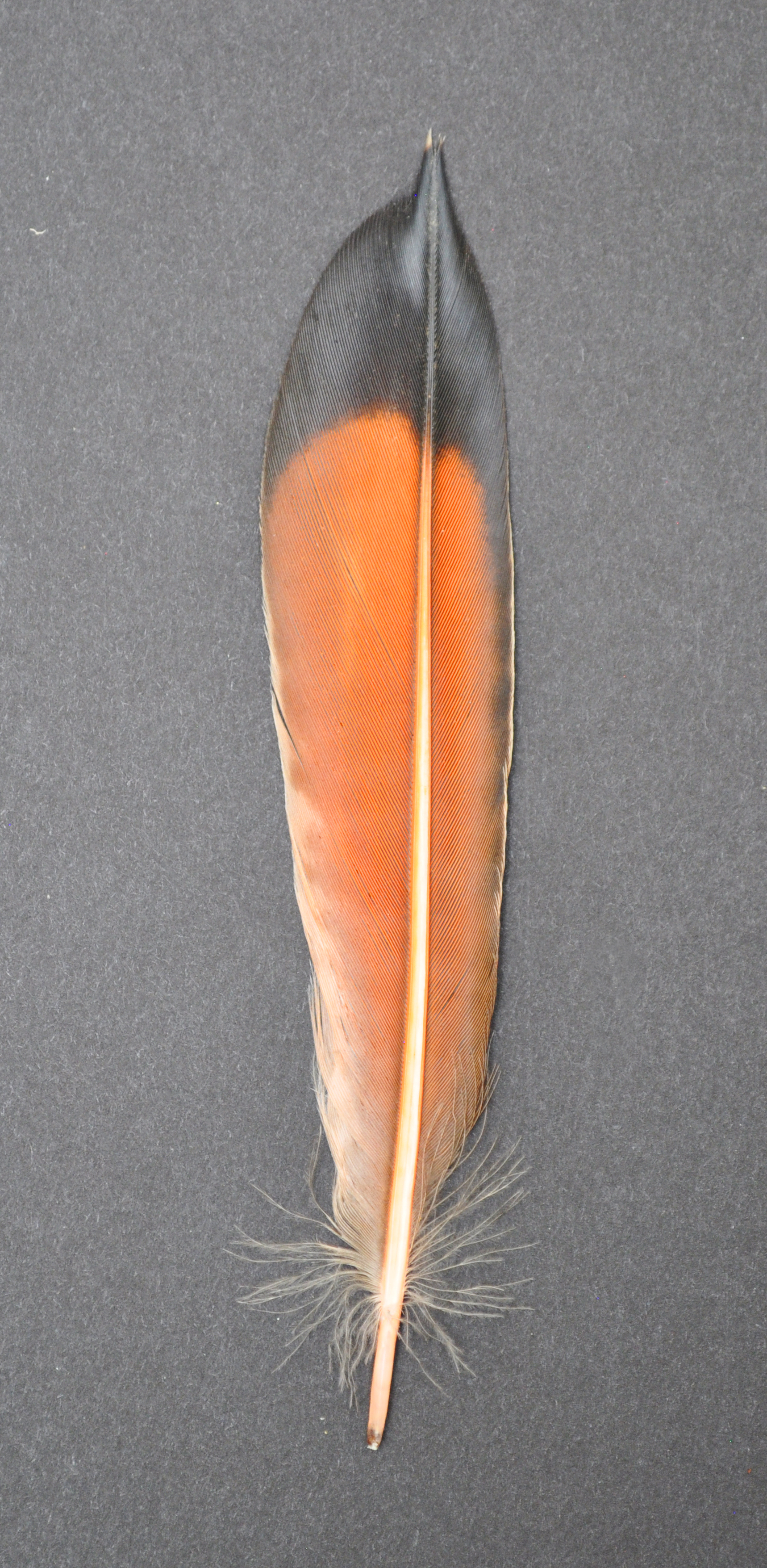
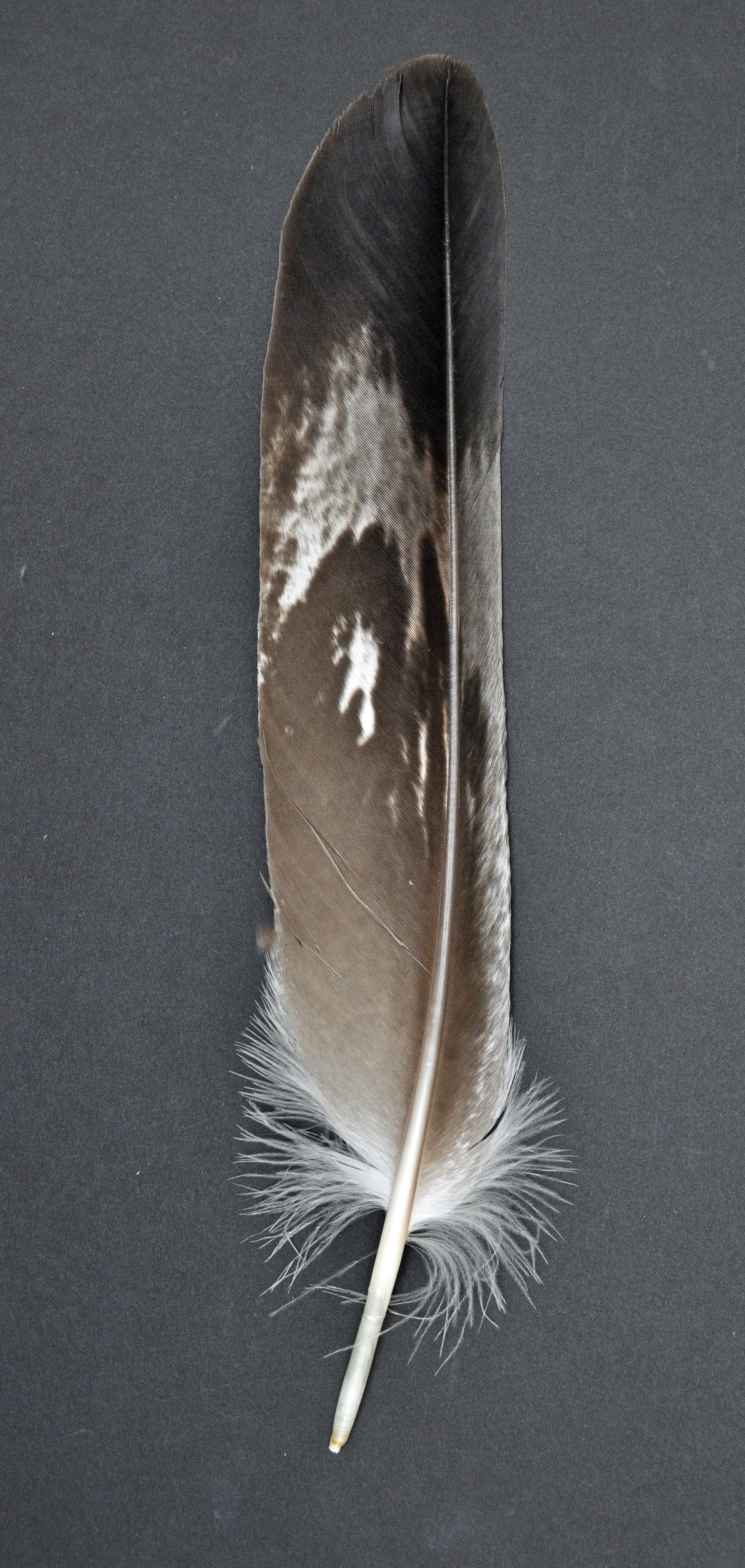
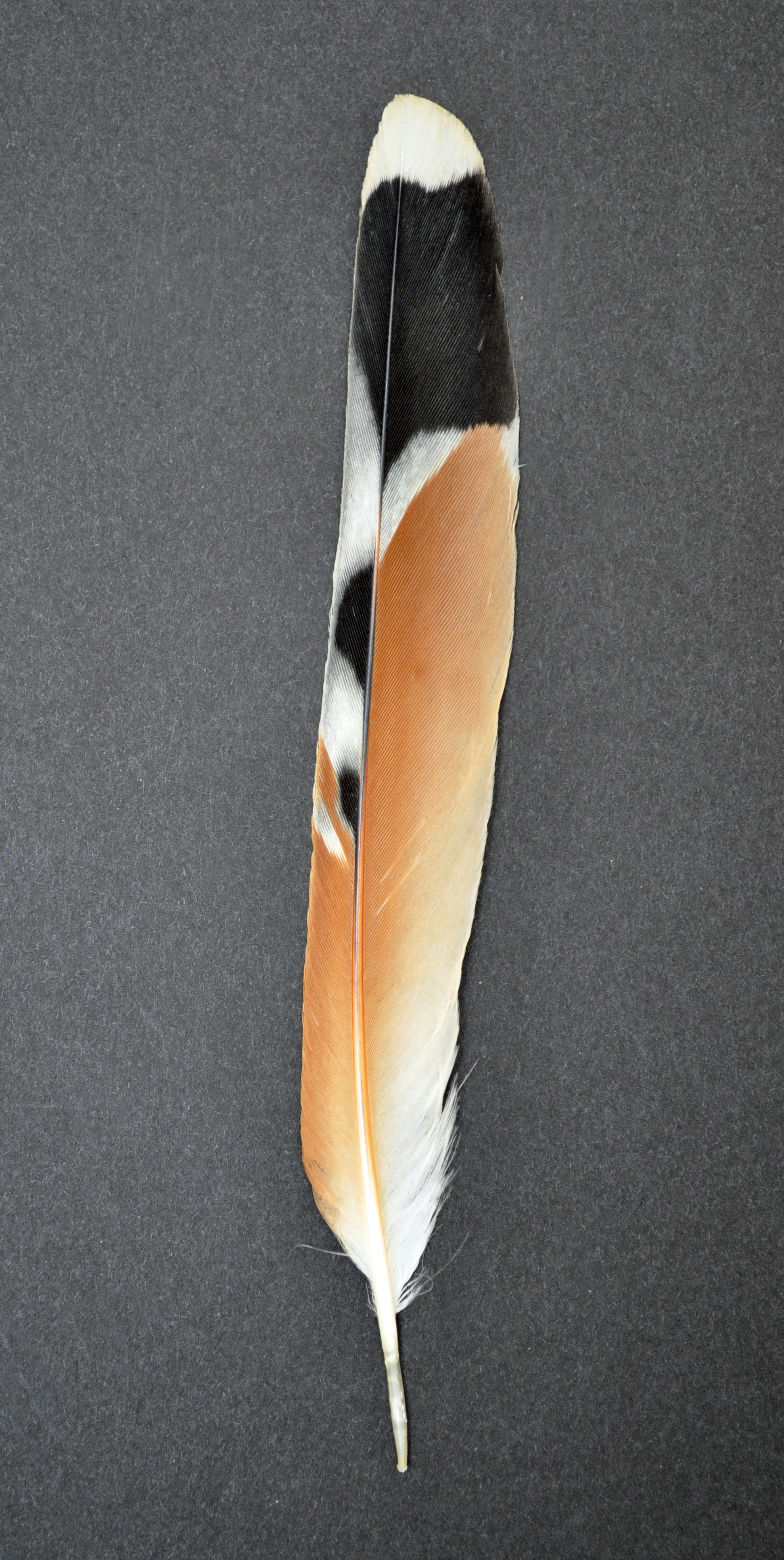
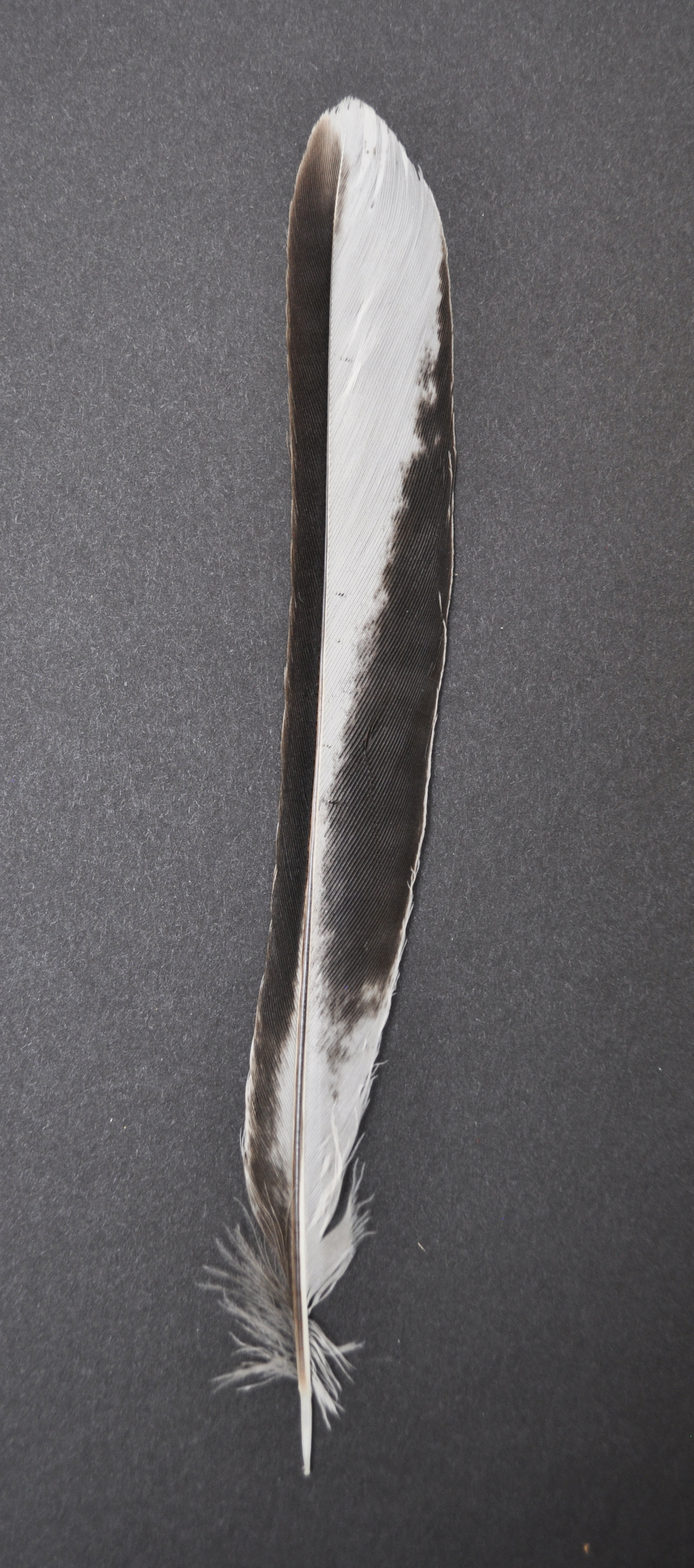
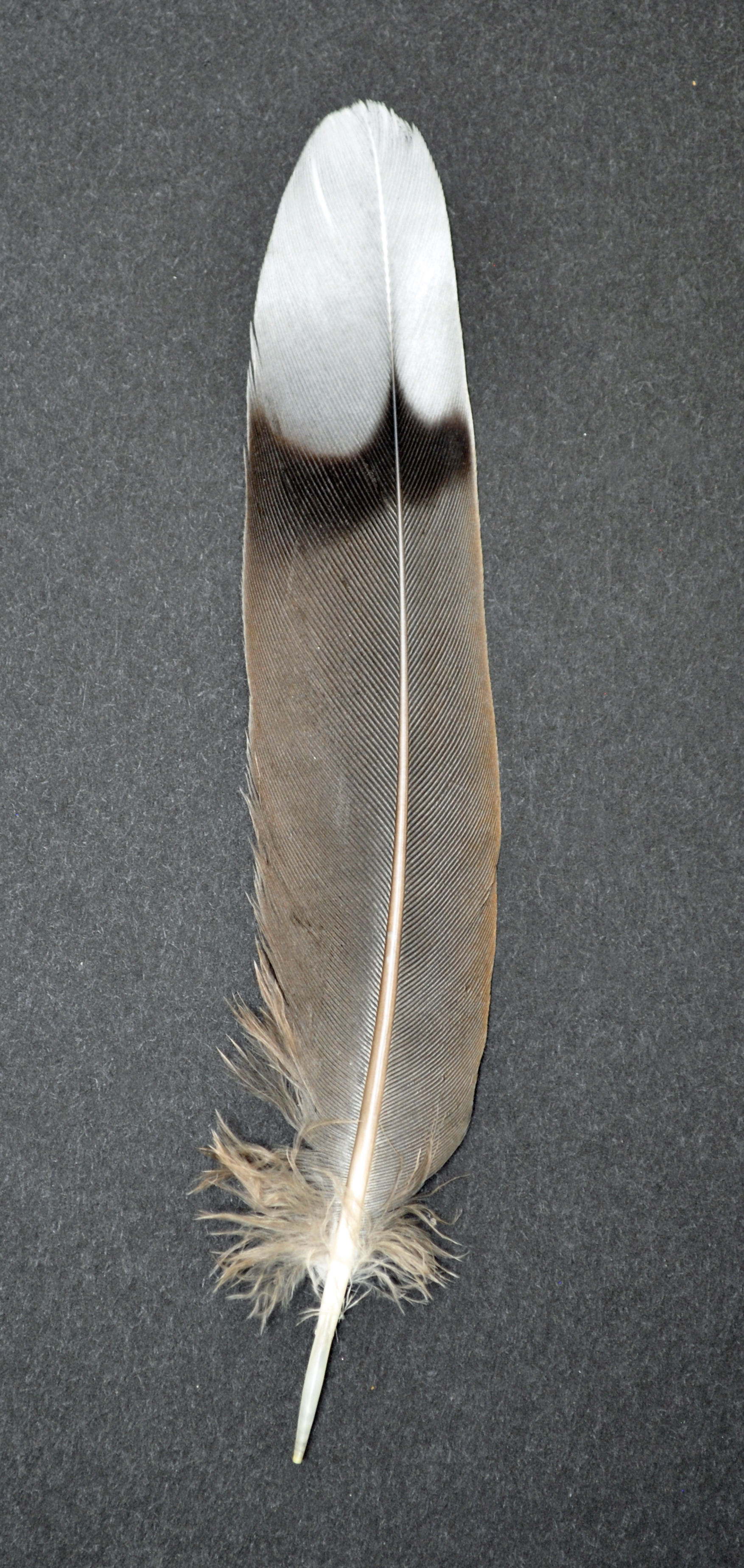
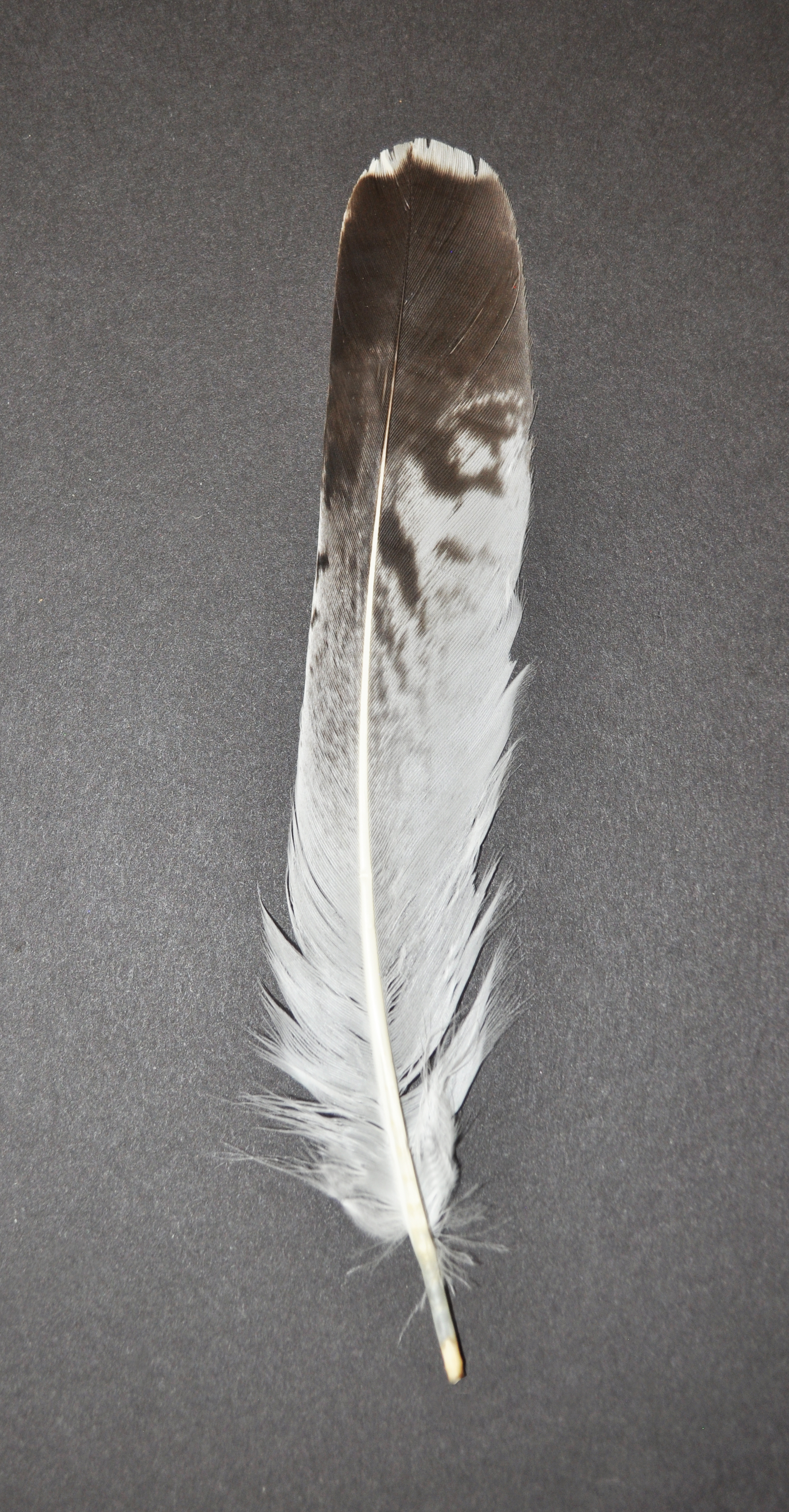
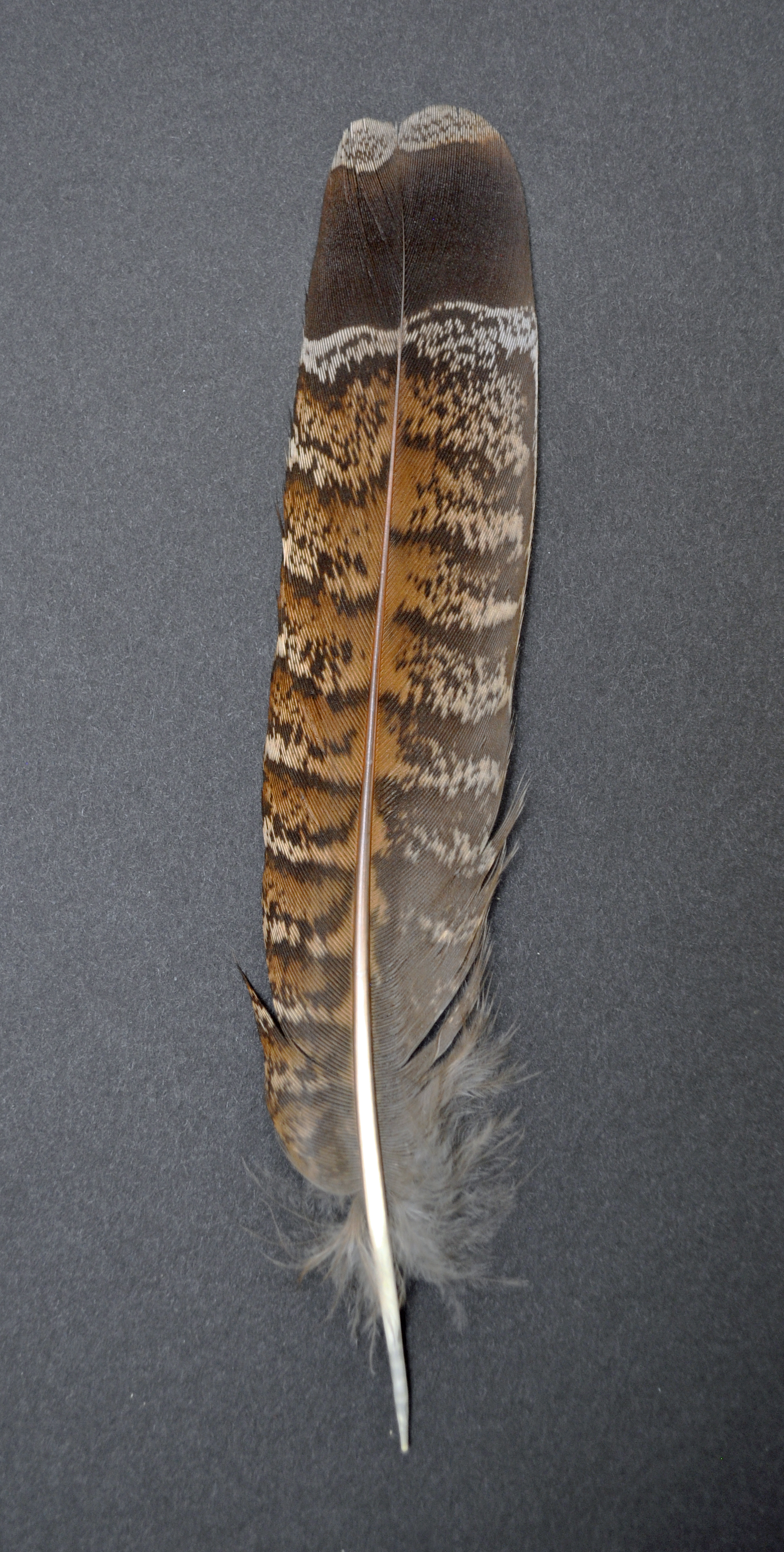
Why can't I find a match for my feather?
There are several possible reasons. Currently, the Feather Atlas includes the feathers of about half of the species of North American breeding birds. Therefore, many species remain to be added as their feathers become available. Also, the Feather Atlas illustrates only the large flight feathers of the wings and tail. Small body feathers often have striking and attractive patterns, but it is beyond our capabilities to illustrate them. Finally, many birds have variable plumage, related to sex, age, or geography. If the caption on a scan identifies a bird's sex, that usually indicates that male and female plummages differ for that species (for example, most waterfowl). If the caption The Feather Atlas strives to illustrate major plumage types for each species, but suitable material is not always available.
Will more bird species be added to the Feather Atlas? I'm interested in a bird whose feathers aren't included.
We continually add new species as suitable material becomes available. Feathers from rare birds or those with limited distributions are of course most difficult to obtain. All feathers on the Feather Atlas come from salvaged dead birds; no birds are killed to provide specimens.
Why do some scans have blue backgrounds?
We believe that black backgrounds generally provide the best representation of feather color and pattern, and all scans were originally prepared with black backgrounds. However some feathers are too dark to be seen well against the black, and these are shown with blue backgrounds. Both blue- and black- background versions are available for some scans, allowing users to view whichever they prefer.
How can I get permission to use the Feather Atlas images?
All images and data on the website are freely available to the public; no special permission is required for their use. To copy or save an image, simply right-click on the scan.
Special requests for high-resolution image files require significant staff time to process, and therefore must be evaluated on a case-by-case basis. To initiate such a request, send an email to: featheratlas@fws.gov.
Is it all right to possess the feathers of captive birds?
In general, native North American birds may be held in
captivity only by zoos, rehabilitation centers, and falconers,
all operating under permit. Permitted facilities and individuals
may use molted feathers for educational purposes, but are
not permitted to sell or distribute feathers to private individuals.
What about the feathers of non-North American birds?
While the Migratory Bird Treaty Act does not apply to
non-North American birds, other laws and treaties may do so,
including the Endangered Species Act and the Convention on
International Trade in Endangered Species, or CITES. For example,
all birds of prey, including hawks, eagles, falcons, and owls,
are protected by CITES, as are almost all parrots and related
birds. While it is legal to possess and sell the feathers
of captive-raised cage birds, such as parrots, macaws, and
pheasants, it is the responsibility of the seller to be able
to demonstrate that the feathers did not come from protected
wild birds.
Are there special rules for possession of feathers by Native Americans?
Yes. Registered members of federally-recognized Native American tribes may possess the feathers of native birds, including Bald and Golden Eagles, for cultural and religious use. Such feathers may not be sold or traded. New eagle feathers must be obtained by application to the National Eagle Repository. For further information, see the National Eagle Repository website.
|
Last Updated: April 17, 2023
U.S. Fish and Wildlife Service Home Page | Department of the Interior | USA.gov | About the U.S. Fish and Wildlife Service | Accessibility | Privacy | Notices | Disclaimer | FOIA |
 |
|
